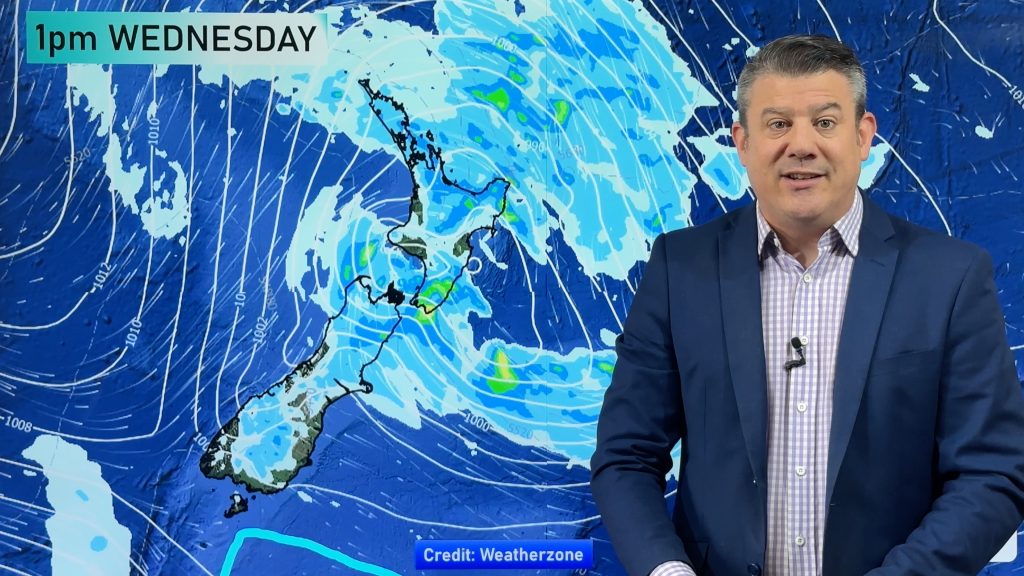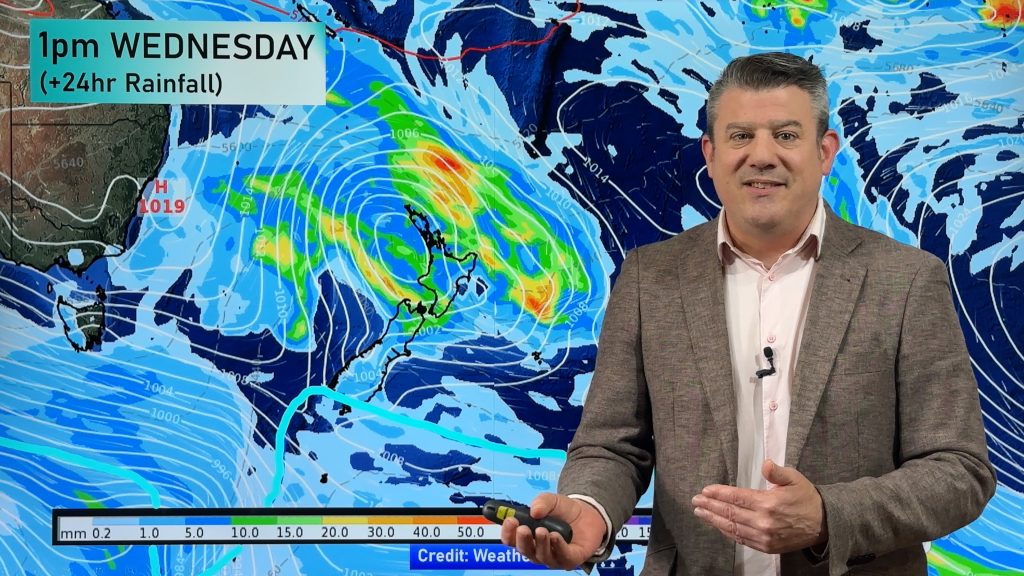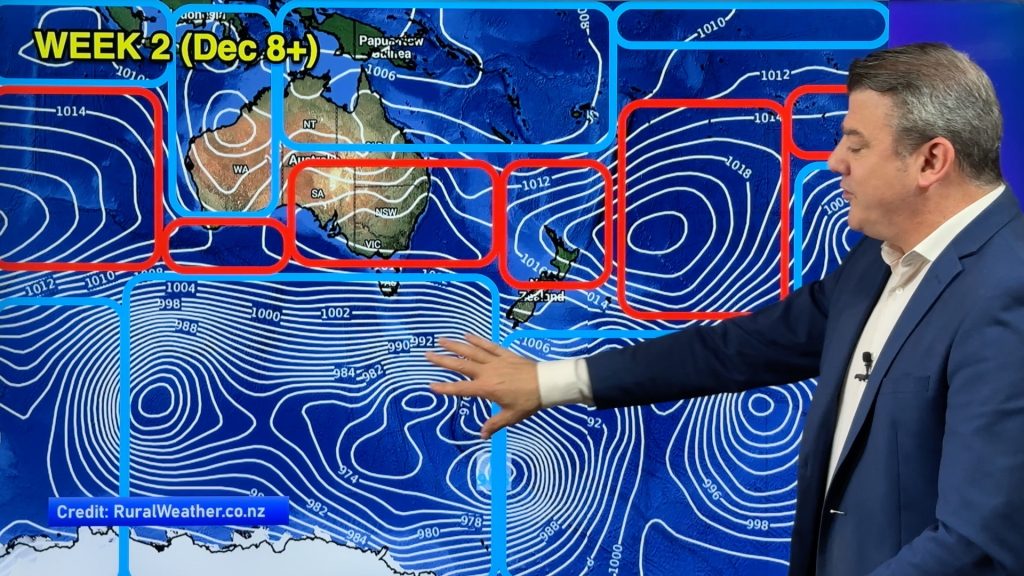Australia: Hector arrives promptly at 3pm. But Hector isn’t a person
23/08/2022 10:26pm

> From the WeatherWatch archives
Earlier this year WeatherWatch.co.nz helped CNN (we’re an affiliate) and our friends in Sydney at Weatherzone put together a unique weather story. Introducing Hector – the thunderstorm you can set your watch to.
CNN Atlanta —– By Allison Chinchar, CNN Meteorologist
As March came to an end, so, too, did Hector. At least until warmer, more favorable weather returns. Nearly every afternoon from September to March, a thunderstorm develops over the Tiwi Islands in northern Australia. In fact, it happens so regularly, the Bureau of Meteorology actually refers to it by name — Hector.
At 3 o’clock in the afternoon, people are known to line the shores of Darwin, a city over 100km (62 miles) away, just to snap pictures of the storm forming. Hector is not just any common thunderstorm, though; it is a very specific, very singular one.
“Hector, or sometimes “Hector the Convector,” is known as one of the world’s most consistently large thunderstorms, reaching heights of approximately 20 kilometres (66,000 ft),” said Ian Shepherd, senior meteorologist at the Australian Bureau of Meteorology.
From a distance, Hector will have billowing white clouds with great vertical development. The top of the clouds will have an anvil or mushroom shape, and can reach several thousand feet (over 1000 meters) high. “Southeasterly trade winds extending from the subtropical ridge to the south will normally suppress thunderstorm activity over much of the Northern Territory during the late dry season (September) and at times early in the wet season (October and November), leaving Hector as a prominent but isolated feature on the Darwin skyline,” Shepherd said.
But Hector can’t just form anywhere since it needs very precise meteorological conditions in order to form so consistently. Those ideal conditions exist in the Tiwi Islands, which consist of two main islands (Bathhurst Island on the west and Melville Island to the east) and several much smaller, uninhabited islands.
“The size, shape and location of the Tiwi Islands make them a perfect place for Hector to develop,” said Ben Domensino, meteorologist with Weatherzone, a DTN company. “Sea breezes develop over the islands from all sides and meet in the middle. These converging winds, which are carrying moisture from the surrounding sea, have to go somewhere when they clash … so they go up. This rising column of air becomes cooler with height, which causes water vapour to condense into liquid droplets, forming clouds.”
The islands sit just off the northern coast of Australia in the Timor Sea and are surrounded by a tropical marine air mass on all sides.” The tropical atmosphere is almost always primed for thunderstorm formation during the wet season when the converging sea breezes provide the lifting trigger,” Shepherd with the Australian Bureau of Meteorology says.
- Image / The billowing white clouds of “Hector” in Darwin, Australia, taken in December 2012 by Christopher Kent, meteorologist for the Australian Bureau of Meteorology. CNN.
*This is only part of the article* – to read the full story, video and photos simply click/tap here to go to CNN.
Comments
Before you add a new comment, take note this story was published on 23 Aug 2022.





Add new comment